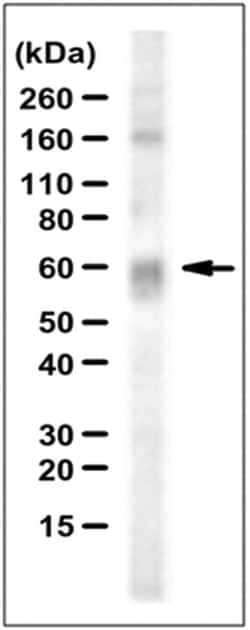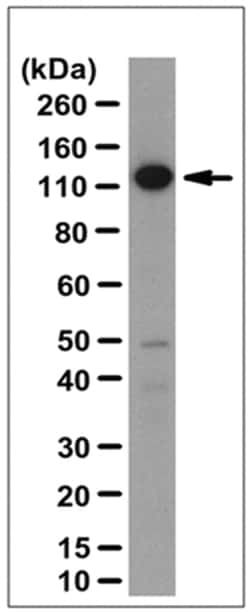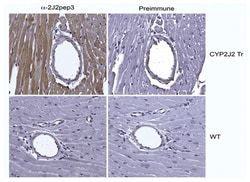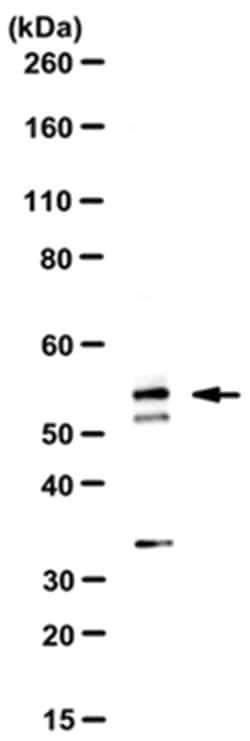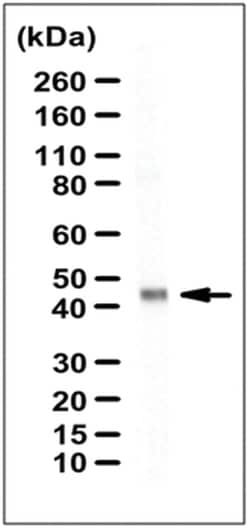MilliporeSigma™ Rabbit anti-GRASP65, Polyclonal,
Manufacturer: MilliporeSigma™
Select a Size
| Pack Size | SKU | Availability | Price |
|---|---|---|---|
| Each of 1 | ABS1601MI-Each-of-1 | In Stock | ₹ 40,292.08 |
ABS1601MI - Each of 1
In Stock
Quantity
1
Base Price: ₹ 40,292.08
GST (18%): ₹ 7,252.574
Total Price: ₹ 47,544.654
Antigen
GRASP65
Classification
Polyclonal
Gene Accession No.
O35254
Host Species
Rabbit
Purification Method
Unpurified
Regulatory Status
RUO
Primary or Secondary
Primary
Target Species
Human, Mouse, Rat
Form
Serum
Applications
Immunocytochemistry, Immunoprecipitation, Western Blot
Formulation
Rabbit polyclonal serum containing 0.05% sodium azide.
Gene Symbols
Gorasp1; Grasp65
Immunogen
GST-tagged Recombinant protein corresponding to rat GRASP65.
Quantity
100 μL
Research Discipline
Signaling
Gene ID (Entrez)
NP_062258
Content And Storage
Stable for one year at -20°C from date of receipt. Handling Recommendations: Upon receipt and prior to removing the cap centrifuge the vial and gently mix the solution. Aliquot into microcentrifuge tubes and store at -20°C. Avoid repeated freeze/thaw cycles which may damage IgG and affect product performance.
Related Products
Description
- Specifically detects GRASP65 in Human, Mouse, Rat samples, and it is validated for Immunocytochemistry, Immunoprecipitation, Western Blotting Golgi reassembly stacking protein of 65kDa (also called Golgi reassembly and stacking protein 1 or Golgi peripheral membrane protein p65) is encoded by the Grasp65 or Gorasp65 gene in rat (GRASP65, GORASP1, or GOLPH5 gene in human)
- It is is a Golgi structural protein and mediates cisternae stacking via self-aggregation as well as interactions with other Golgi membrane-docking proteins, such as GM130
- GRASP65 dimers are shown to aggregate in vitro and form extensive trans oligomers, which disaggregate upon phosphorylation by cdc2-cyclin B and polo-like kinases, and re-aggregate upon dephosphorylation (PMID 12839990)
- Fluorescent imaging studies reveal a dynamic exchange between the membrane-associated and cytosolic GRASP65
- (PMID 11706049).

